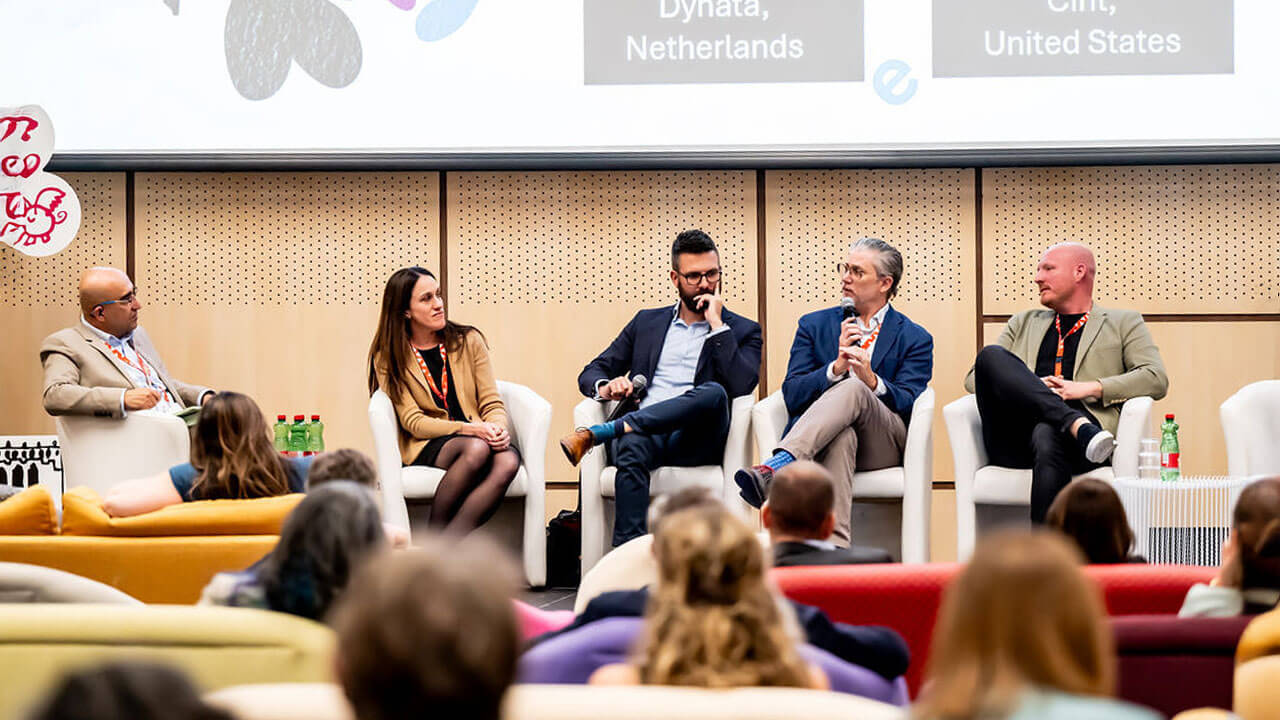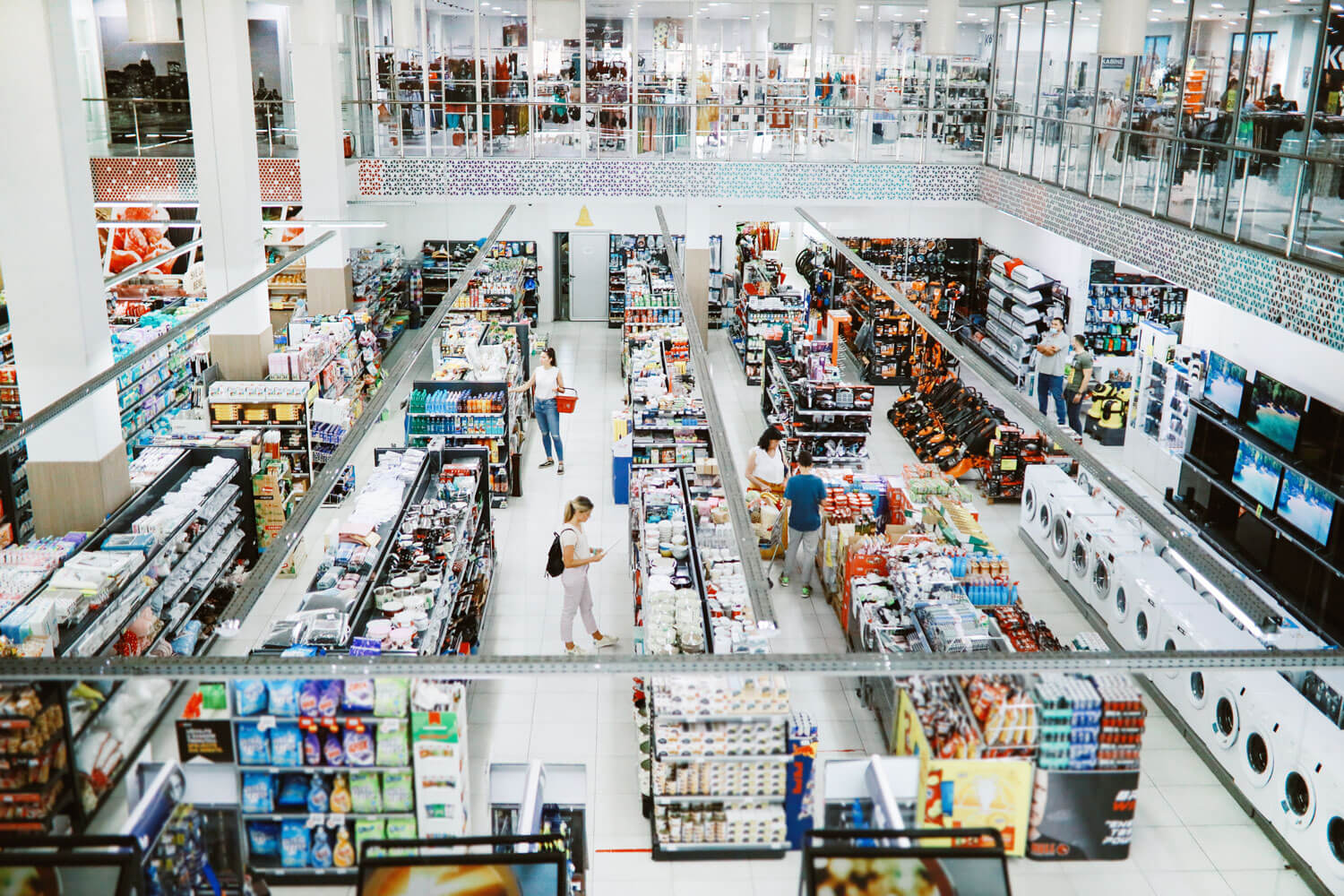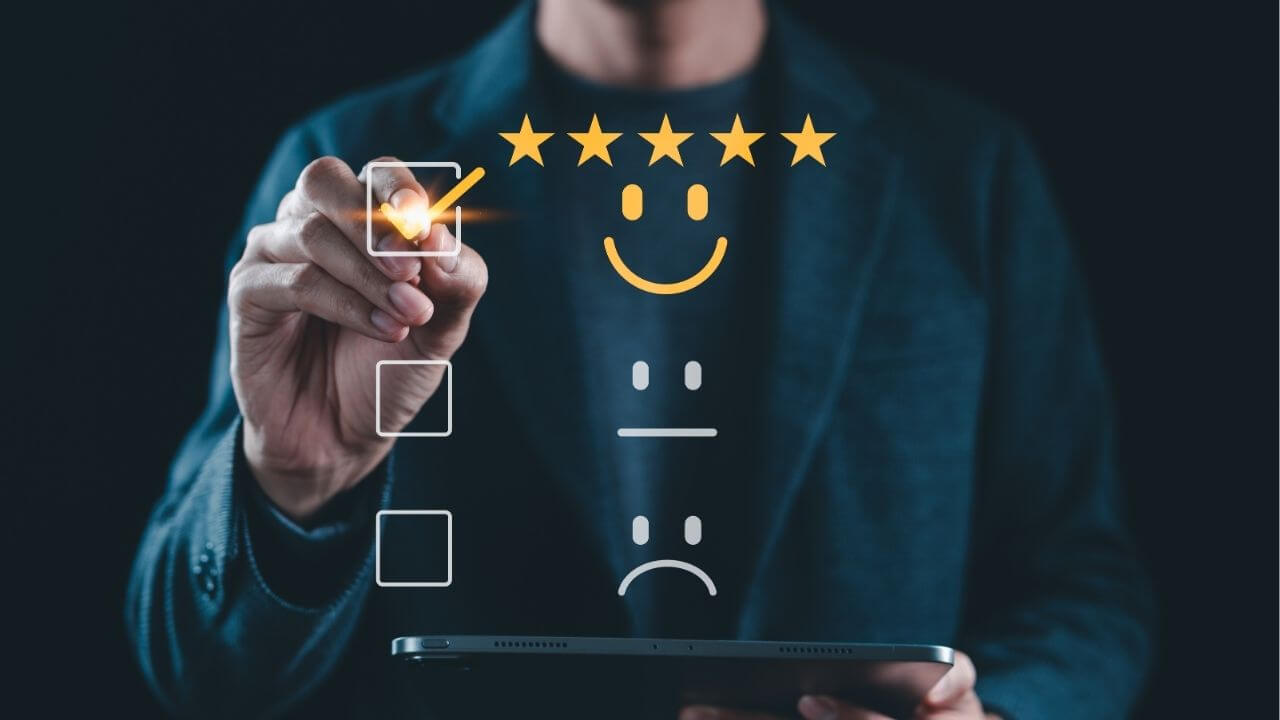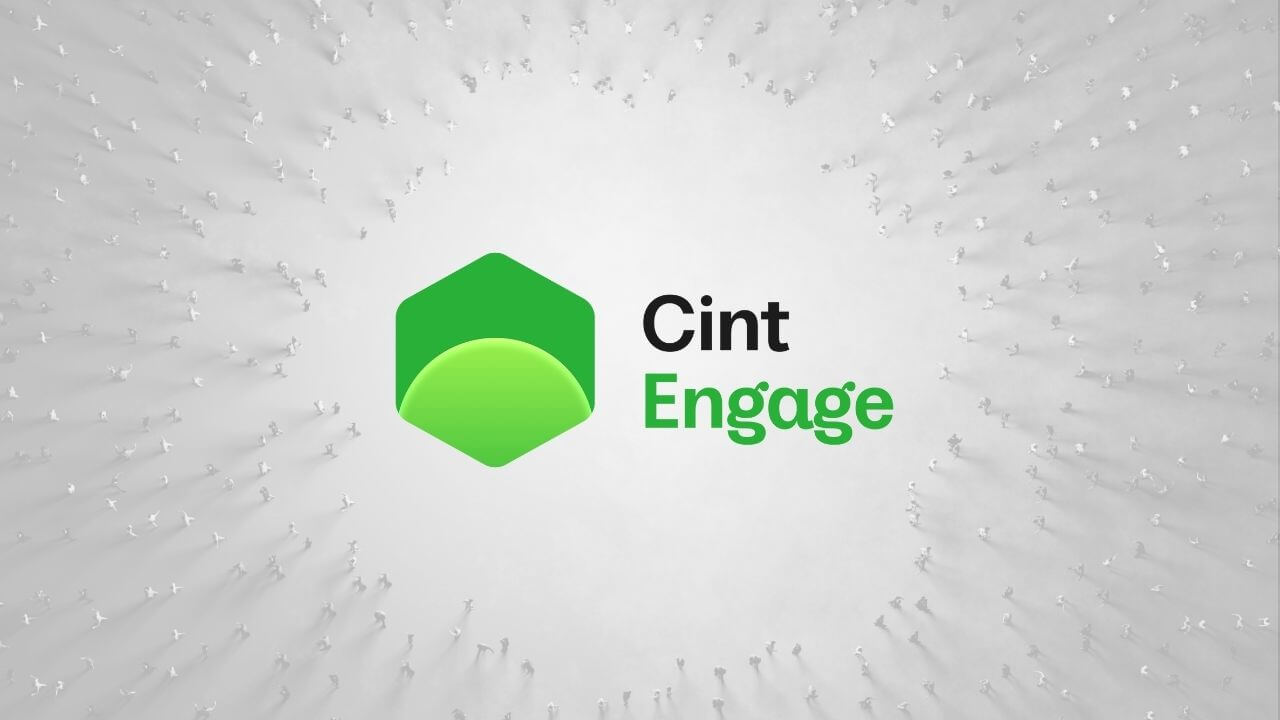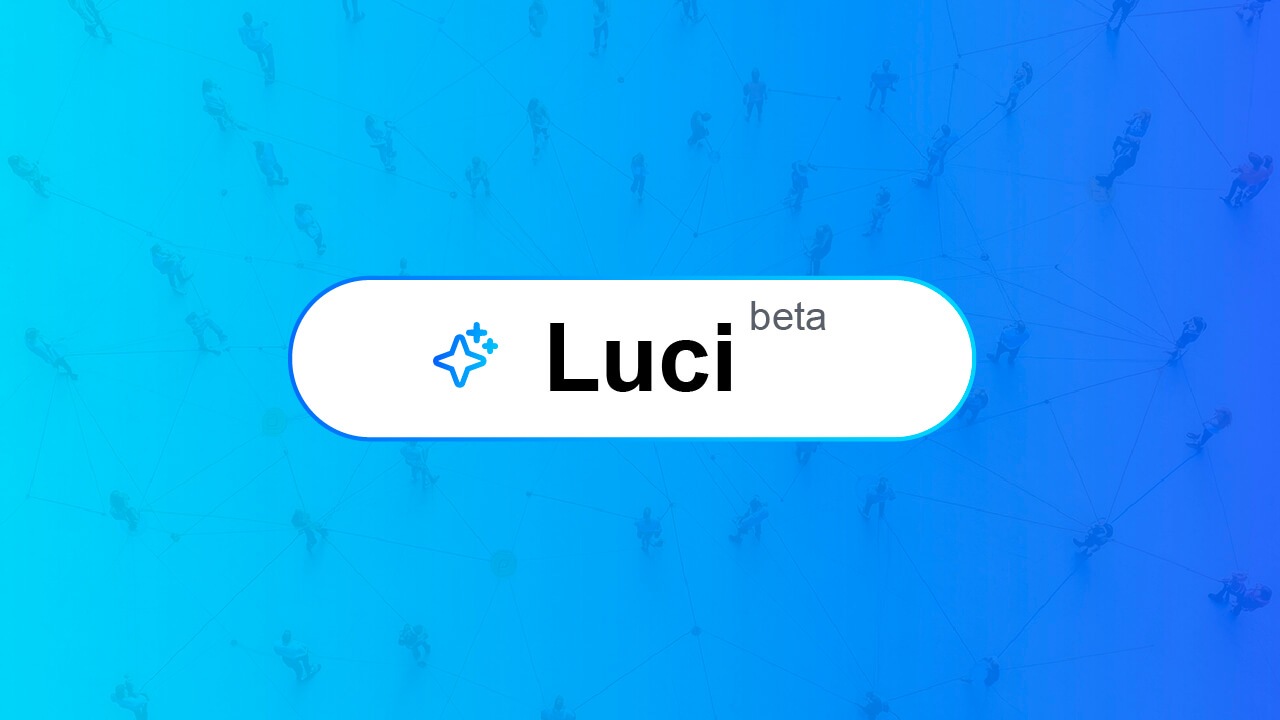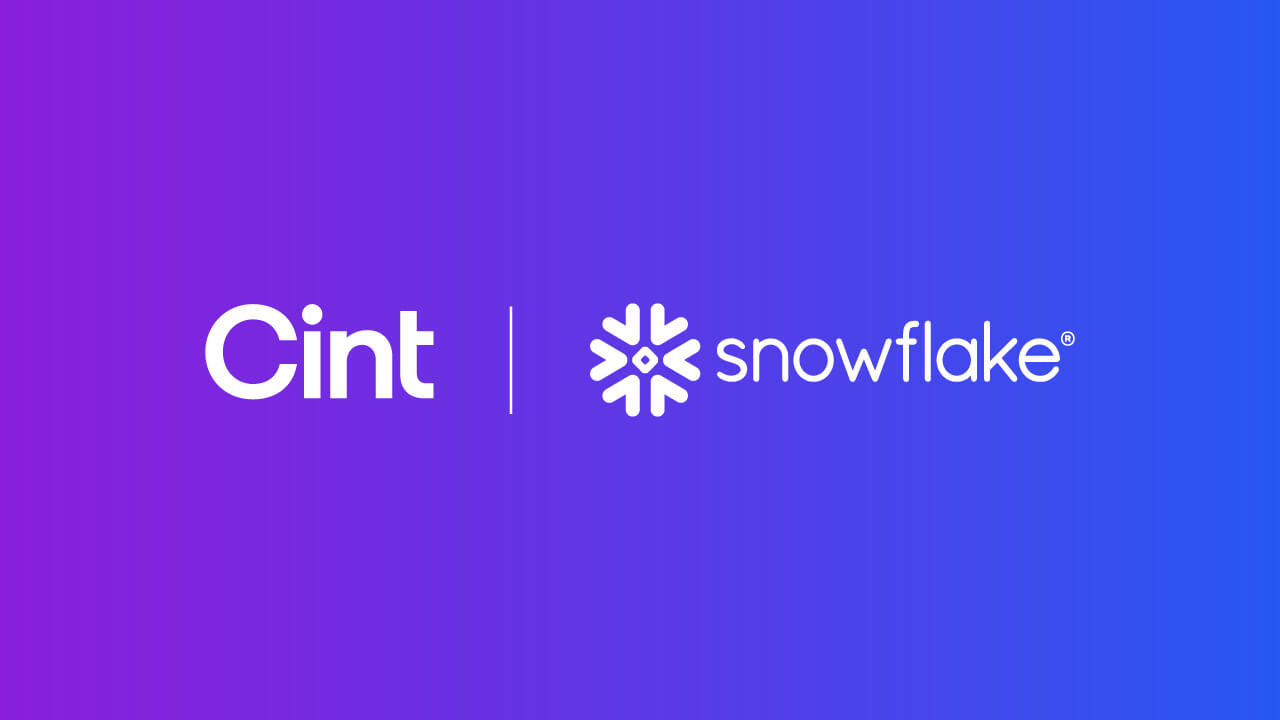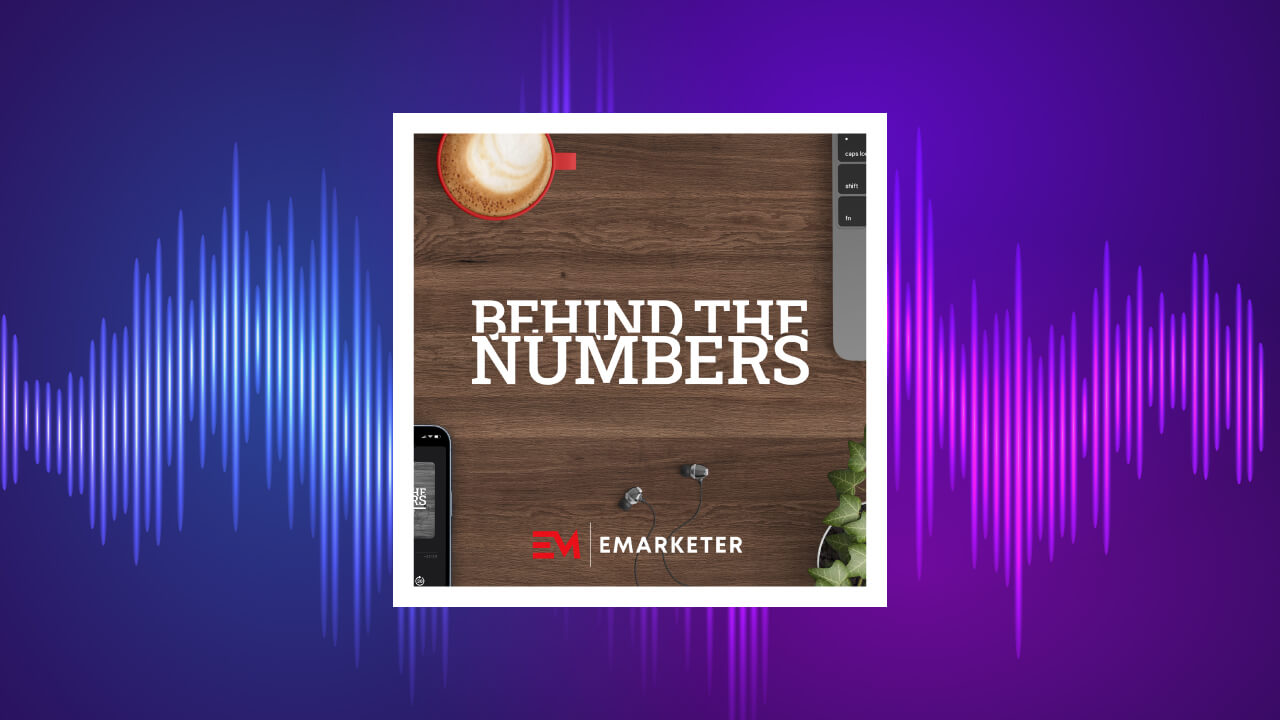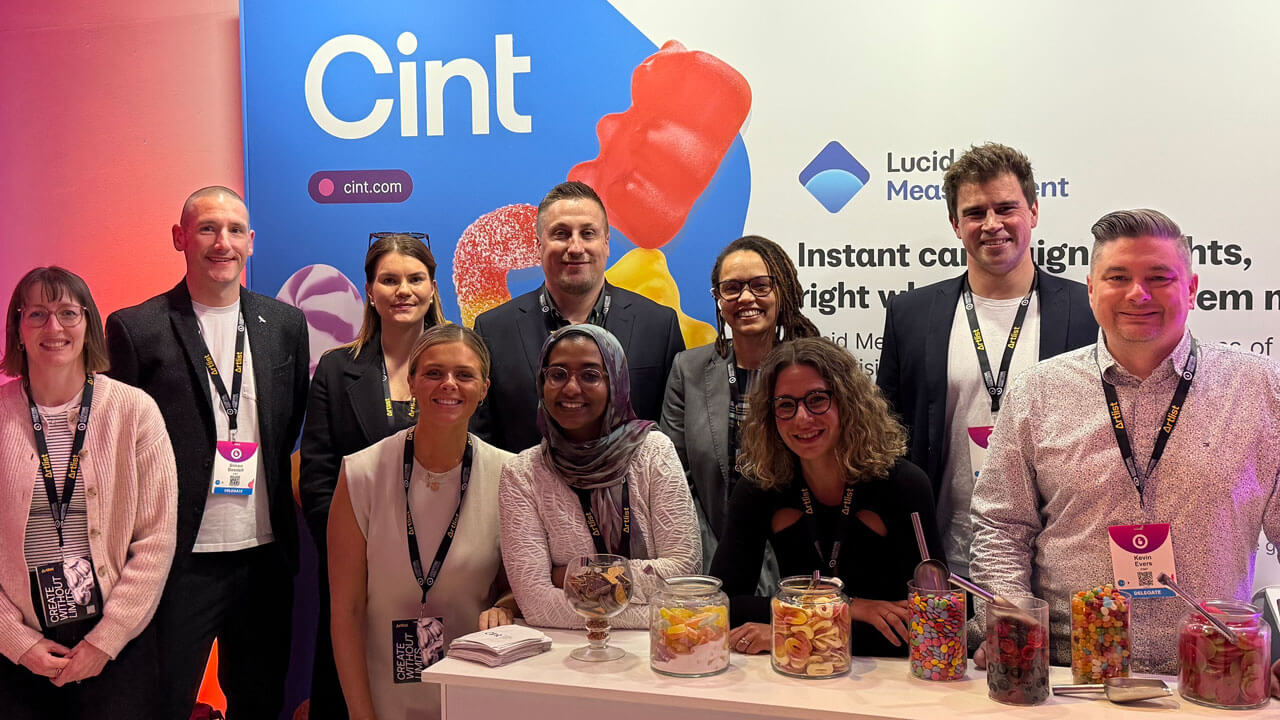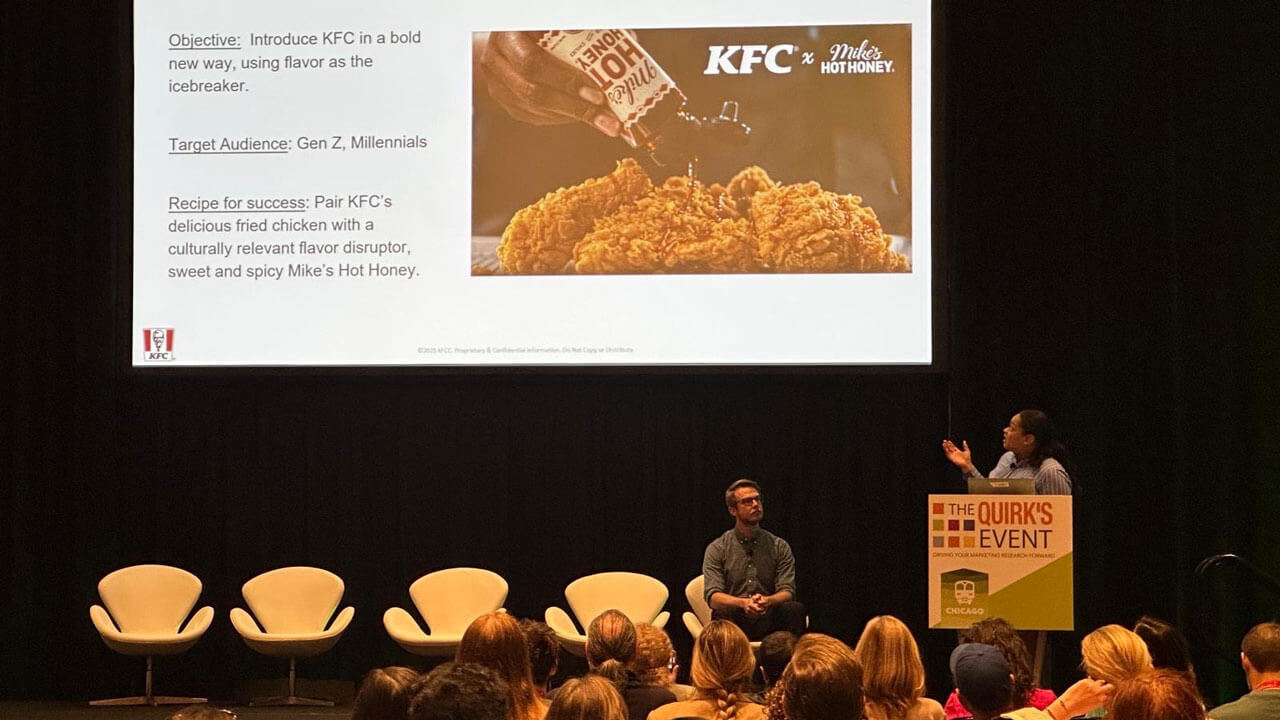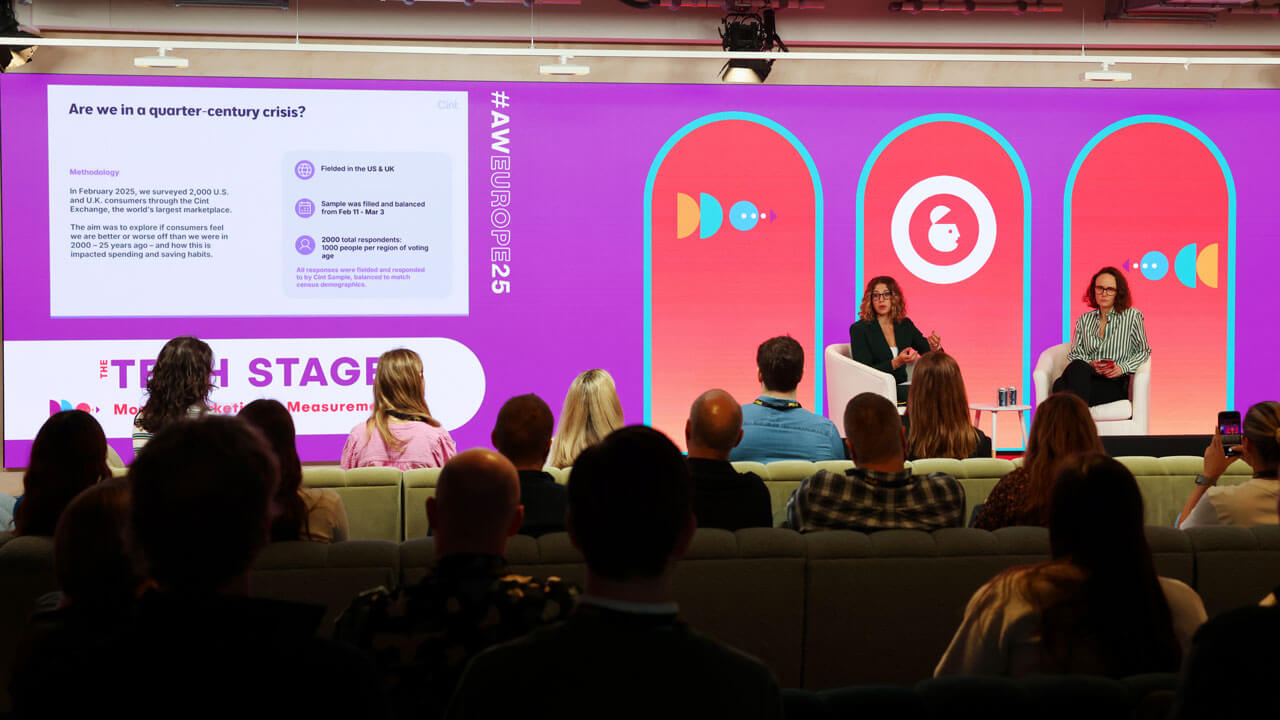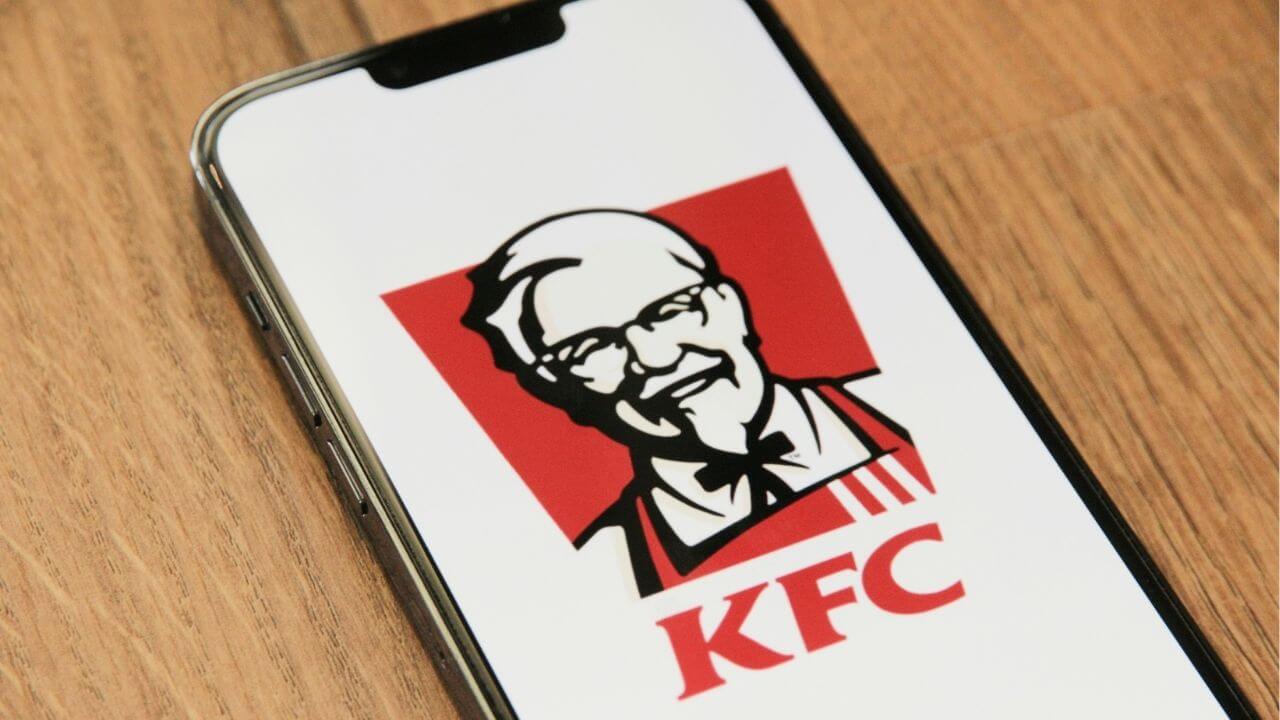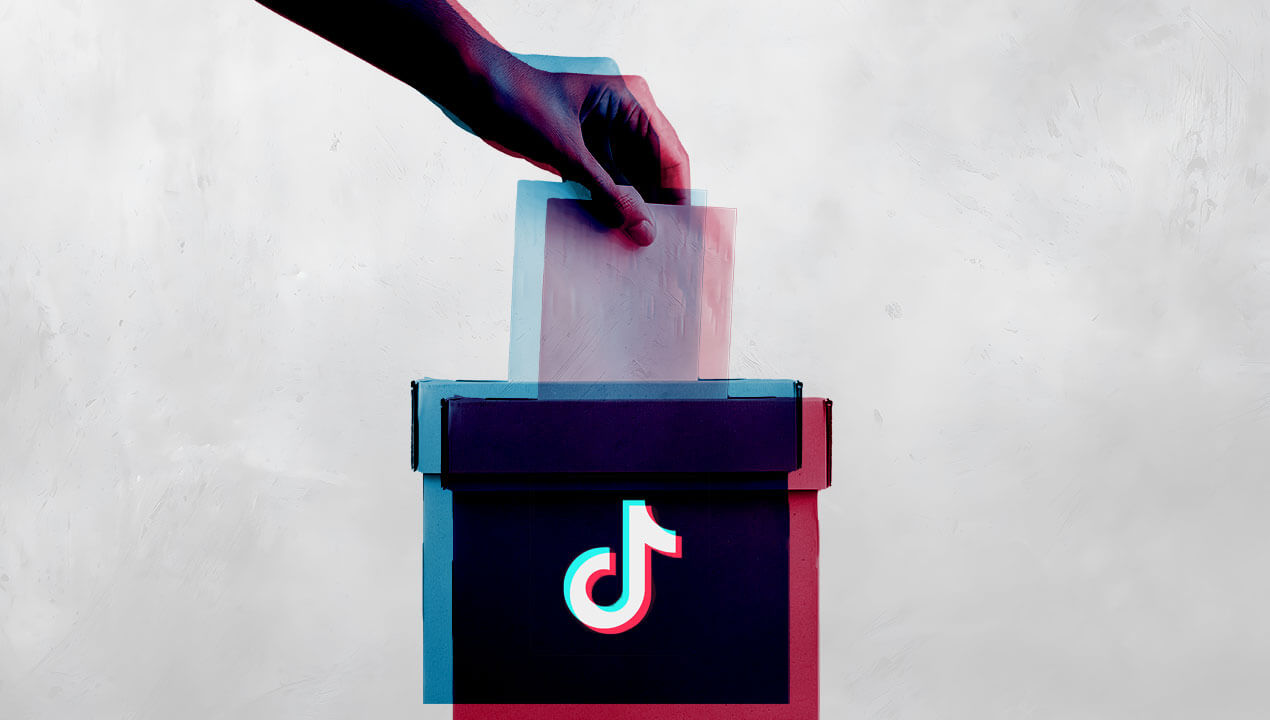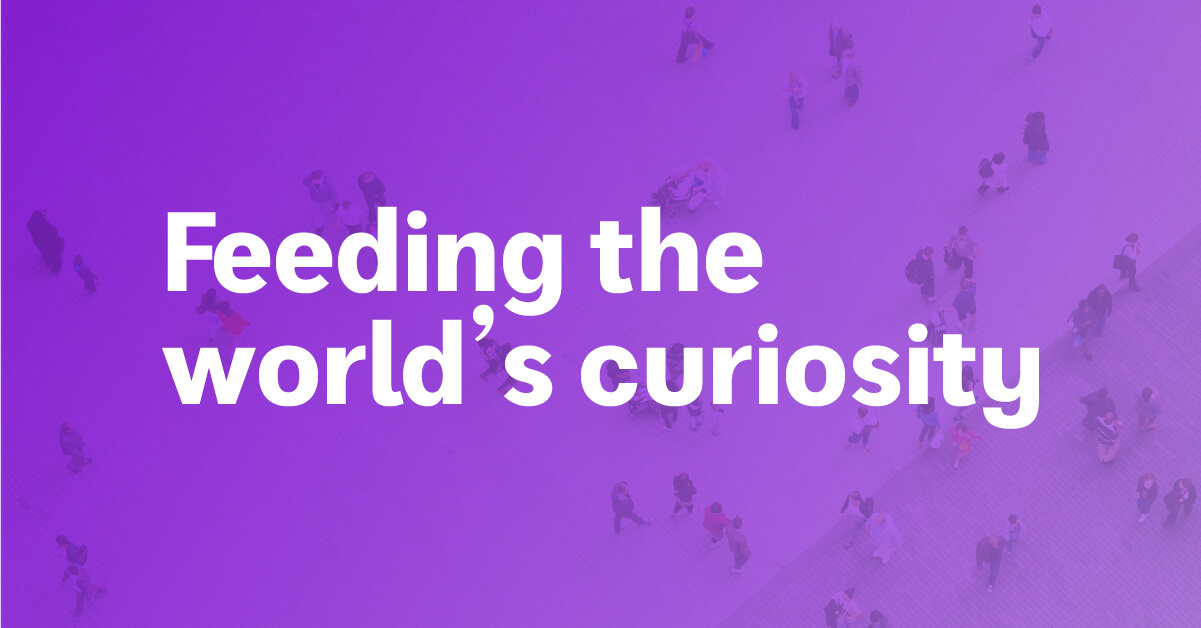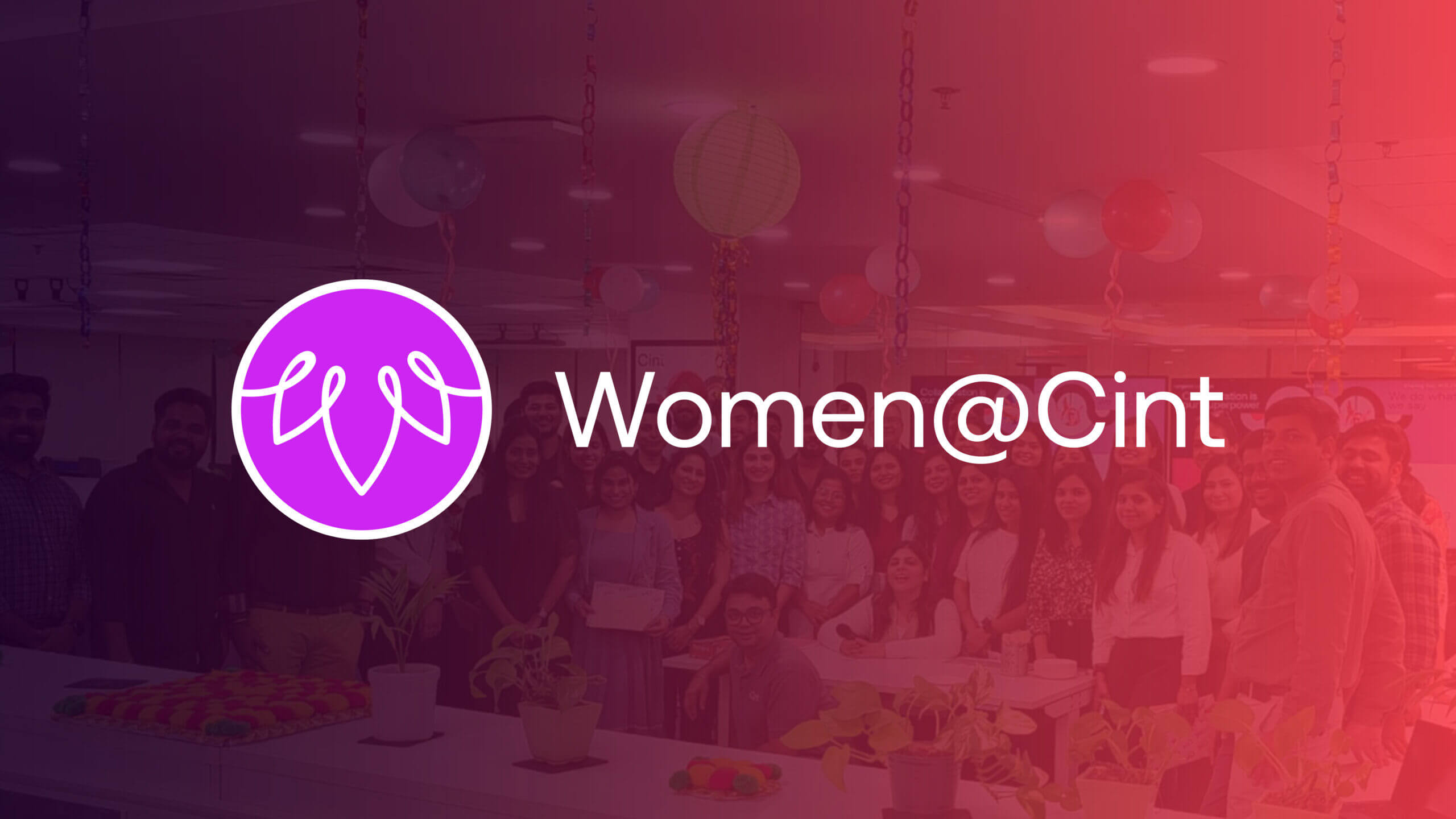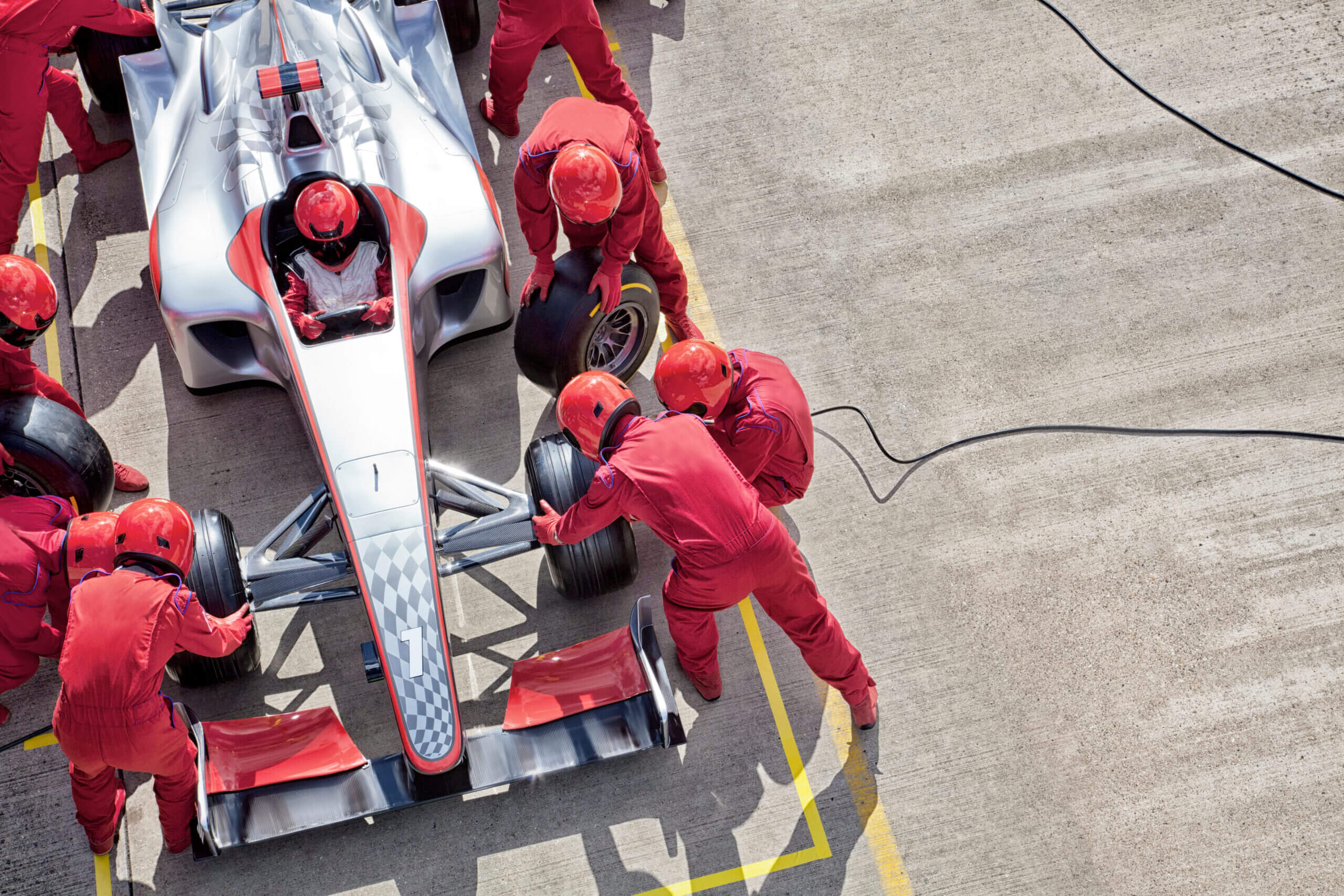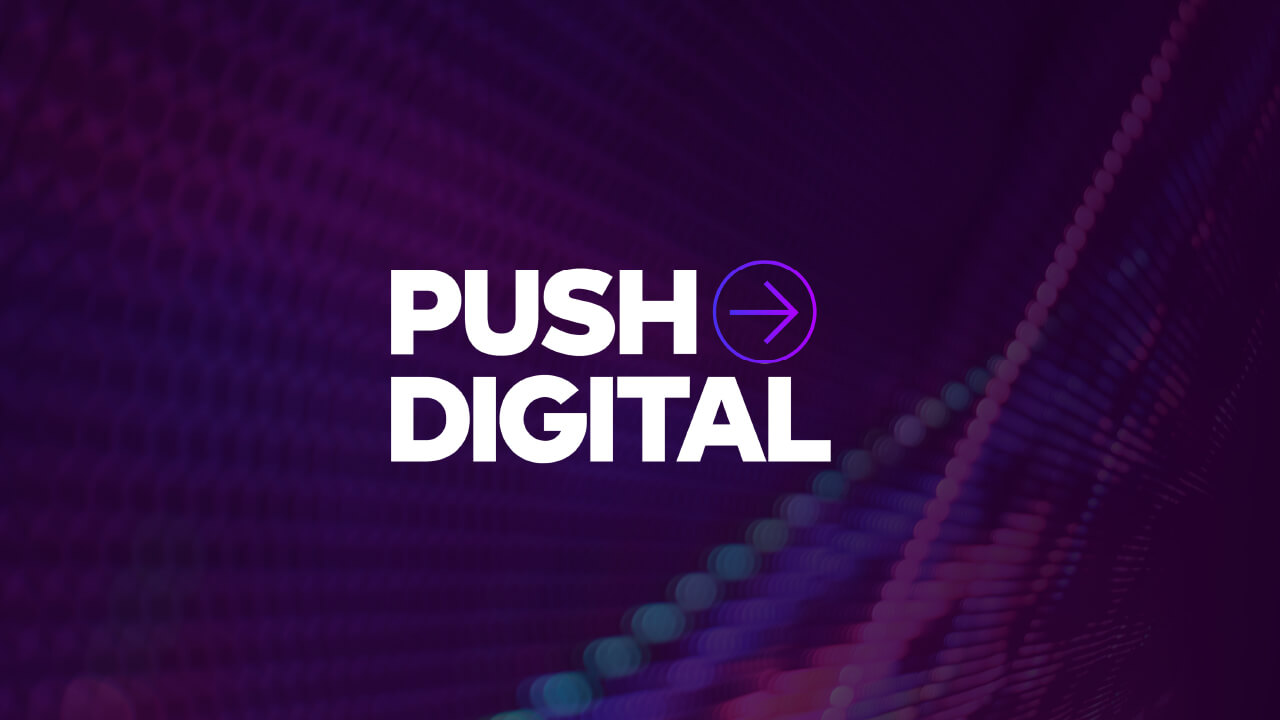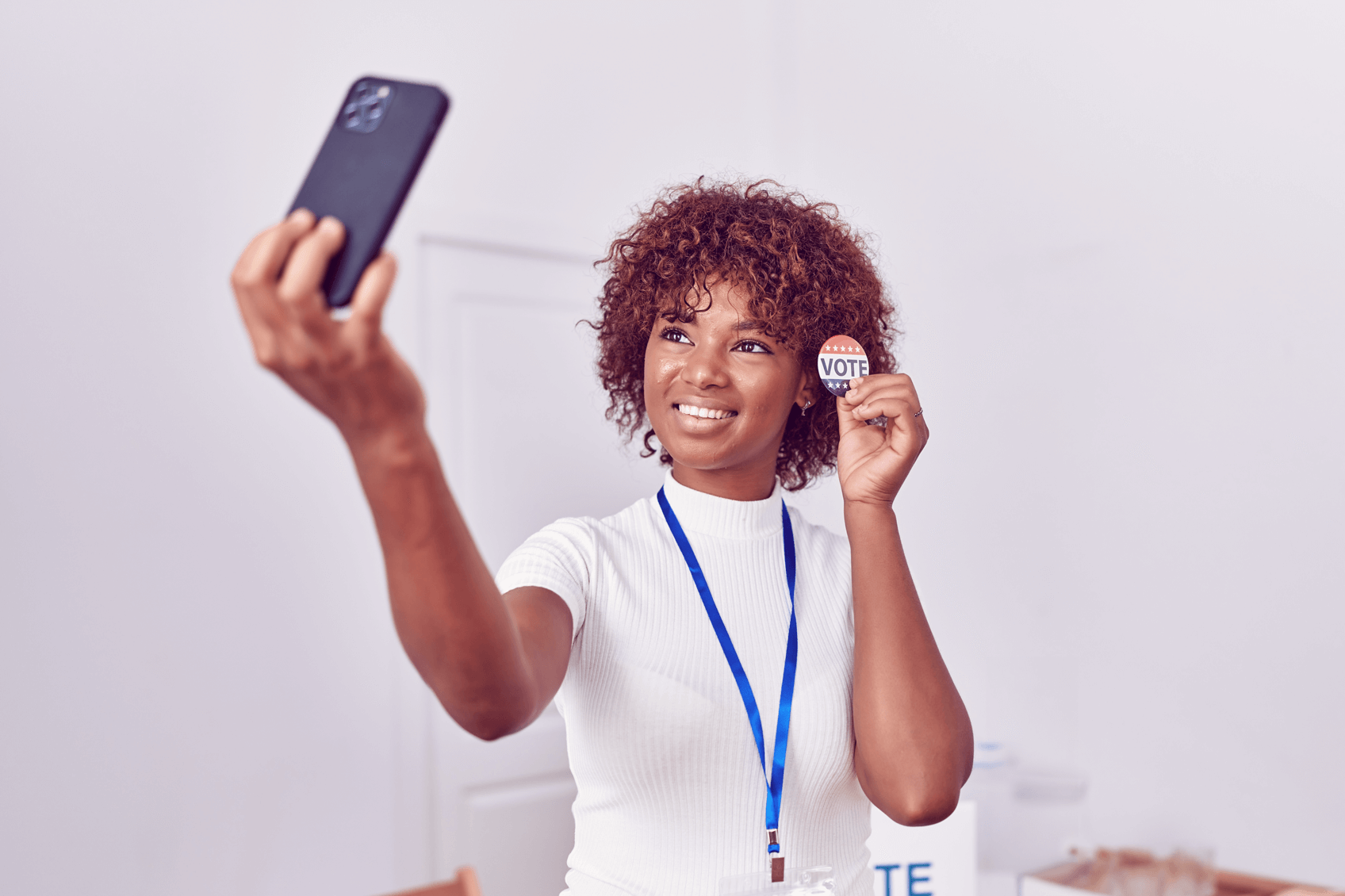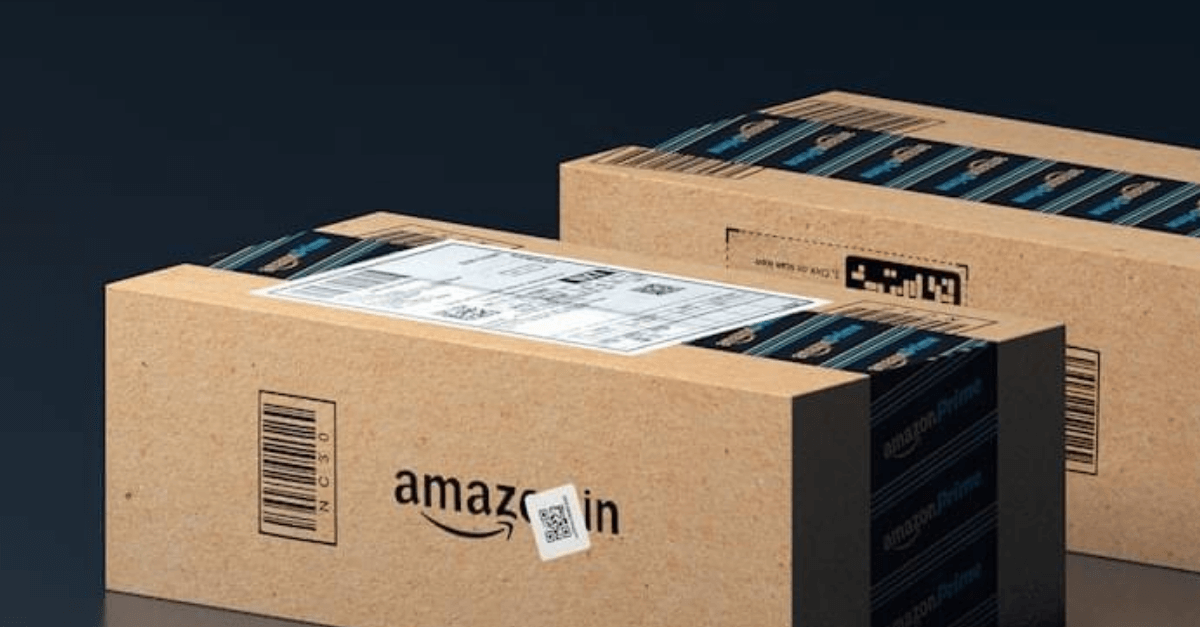Introduction
In the world of marketing and media measurement, every dollar counts. Budgets are under scrutiny, and teams at brands and agencies alike are under immense pressure to deliver results faster, while making smarter decisions for their organizations and their customers.
Those pressures and constraints mean that figuring out what’s working — and what’s not going quite so well — in a campaign as quickly as possible is no longer a luxury.
Doing more with less is a necessity — especially during a moment where economic uncertainty is rife.

Doing more with less is a necessity — especially during a moment where economic uncertainty is rife.
It isn’t all doom and gloom, though. While it might not be a cure-all, increased integration of AI and automation in the research and insights gathering process is offering marketers some hope. It’s all about using smarter measurement tech to achieve branding goals
Toward the end of 2024, Cint’s SVP of Measurement, Laura Manning, hosted a discussion at Advertising Week New York to talk about just that.
Manning was joined on stage by a panel of leaders in the measurement space. Sara Sowsian (Director of US Partnerships, Product at MiQ Digital), Ioanna Protogiannis (Senior Director, Measurement & Reporting Solutions at LG Ad Solutions), Ali Saraniti (Director, Research & Insights at Fandom) and Cierra Prince (Senior Manager, Data Innovation & Monetization at T Mobile Advertising Solutions) were all on hand to share their thoughts on how automated and AI-enhanced brand lift measurement can help companies achieve their goals when the aim is to do more with less.
Read on to learn more about why striving to do more with less makes perfect sense in an unpredictable world.
Optimizing effectiveness in a budget-conscious environment
Optimizing media and cross-platform measurement across advertising and brand campaigns isn’t just about tracking performance—it’s about doing so efficiently and accurately to guide smarter decision making, making the most of every dollar at your disposal.
“Overall measurement is critical, because you’re taking away the personal bias in all of this,” said MiQ Digital’s Sara Sowsian. “What you’re left with when you’re working with a third party measurement partner is data-driven insights, industry benchmarks, and the ability to make really informed decisions about what to do with your campaign and strategy.”
When budgets are top of mind, proving the worth of measurement becomes even more important. “It’s an essential part of the mix. We’re able to point back to say, we met your KPIs, we met the correct audience, we delivered what you needed to deliver,” Sowsian says.
“Businesses are under incredible pressure right now to perform and to drive outcomes, and that translates to marketer pressure as well,” added Cierra Prince of T-Mobile Advertising Solutions. “They’re constantly looking for that ability to tie that thread of what they did in terms of their ad activation and what that translated to in terms of a business outcome.”
“Businesses are under incredible pressure right now to perform and to drive outcomes, and that translates to marketer pressure as well, They’re constantly looking for that ability to tie that thread of what they did in terms of their ad activation and what that translated to in terms of a business outcome.”

Cierra Prince
Senior Manager, Data Innovation & Monetization
T-Mobile Advertising Solutions
The only way to do that right now, Prince asserted, is through data and solid measurement approaches. However, with great measurement power comes great responsibility. “There’s a lot of pressure right now in being able to deliver those measures and those insights in a very timely manner and in a way that directly correlates to a business outcome,” said Prince.
Reflecting on real-time insights
Customer wants and needs aren’t static: when the world changes, so do people. Those shifts in behavior — shifts that can be the result of economic, political or social change, for example — necessitate the use of gathering real-time insights.
Cint’s media measurement customers are able to leverage those real-time insights through Lucid Measurement, a brand lift analytics tool purpose-built for optimization at a cost that doesn’t break your budget.
While their campaigns are running, our customers are able to ask real people who have seen them questions about how they perceive the brand or product as a result of the campaign.
Cint isn’t the only organization that thinks real-time insights are an invaluable investment, even when costs are being cut.
“Optimizations, real-time insights, learnings, understanding what’s working, what’s not working, how to swap out innovative ad formats and all of these different types of things, have come such a buzzword these days that I feel like everyone is trying to lean into it,” said Fandom’s Ali Saraniti.
“Optimizations, real-time insights, learnings, understanding what’s working, what’s not working, how to swap out innovative ad formats and all of these different types of things, have come such a buzzword these days that I feel like everyone is trying to lean into it.”

Ali Saraniti
Director, Research & Insights
Fandom
Reflecting further on the desire for optimization in the advertising and branding sector from a publisher perspective, Saraniti added, “Clients are really wanting to make sure every single dollar they’re investing is working, and that you’re optimizing away from things that aren’t working. And I think it’s on us, especially as publishers, to figure out how to do that — not only in an efficient way, but also be able to do that in a way that we feel confident in it being the approach for the client and for the business overall.”
This also applies to programmatic partners, too. “We deal with so much programmatic inventory, and the buying is happening in, essentially, real time. And so there’s a case being made very recently where it’s like measurement needs to be in real-time as well,” said Sara Sowsian.
“You can measure a campaign ahead of it, in the middle, and then post-campaign, but that in-flight measurement opportunity is critical. It gives our traders the tools to essentially ensure that the campaign is hitting all the KPIs that we set out to do.”
Taking stock of the tech solutions of today and tomorrow
Like it or not, AI and other advancements in automated technology have become omnipresent in the contemporary working world.
As Ali Saraniti put it, “What AI allows you to do is take off a lot of the time that’s spent sifting through data, through spreadsheets, and what that means is that an employee is able to do their job at a more efficient rate.”
Zoomed out to the wider view of an organization as a whole, Saraniti says, the human labor time saved through investing in AI-integration and increased usage of automation means that rather than only being able to run five studies or take on five partners a month, an agency or brand can now commit to ten.
“As you work with those ten, and you start to see that they start to come back, and their investments start to grow, and the partnership starts to enhance, it really validates that the way that we’re measuring and the importance of real-time measurement and the importance of understanding how every dollar is being used is so much more beneficial to the business, which helps grow teams overall and allows us to do that strategic partnership work.”
The time saved on manual data and insight analysis is time that can now, in theory at least, be spent on optimizing campaign success.
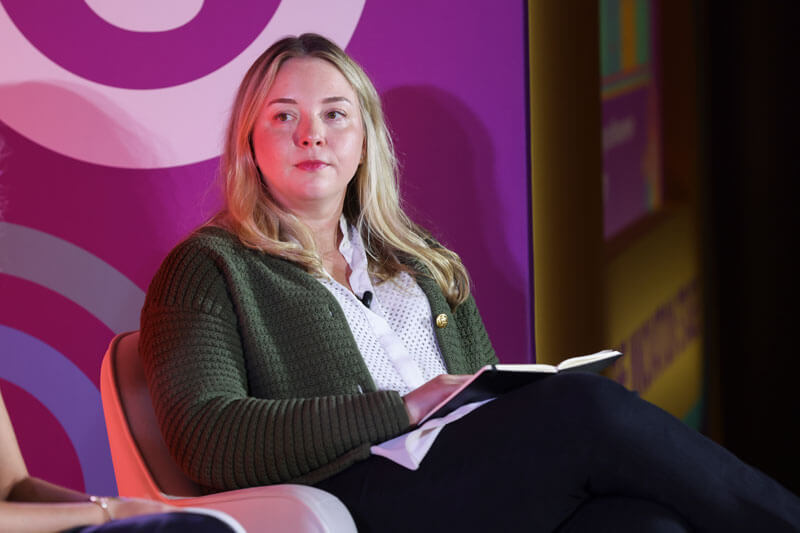
The time saved on manual data and insight analysis is time that can now, in theory at least, be spent on optimizing campaign success.
“You’re able to empower the employees below you to actually focus on the storytelling, connect with the clients, really make sure you’re achieving their goals that they’ve set ahead of the campaign,” says Ioanna Protogiannis of LG Ad Solutions.
Actionable insights
The discussion was rounded off by Laura Manning asking what advice the panel would give to someone new to the world of measurement, especially when budgets are tight and everyone is attempting to do more with less.
For Protogiannis, it’s all about understanding the client’s expectations when it comes to measurement. After all, when it comes to campaigns, there’s no perfect one size fits all solution and you need to interrogate the questions you’re asking of yourself, your clients and your customers.
“What are they looking to achieve? What first-party data do we have to complement theirs? What are they looking for as an outcome? Is it through an MMP (mobile measurement partner) or a third-party to complement each other and really understand the metrics?”
For Cierra Prince, it’s all about looking for through-lines. “We have to have alignment across what the client’s objectives are, how we’re activating, and how we’re measuring and making sure that we’re very deliberate about measuring the right things. There’s no magic bullet. That sometimes means having the courage to have difficult conversations with our clients to say that this campaign is probably not set up to move the needle.”
That doesn’t have to be a negative thing, though. For Prince it is an opportunity to make sure that you’re right-sizing and setting the correct expectations by choosing the most suitable and appropriate KPIs and measurement solutions to truly be able to hit the desired campaign outcomes.
Conclusion
As the conversation around media measurement evolves, one thing is clear: the pressure to do more with less is here to stay. But rather than viewing that constraint as a setback, today’s leading marketers are embracing it as an opportunity to innovate. Through automation, AI integration, and smarter use of real-time insights, teams are not only finding ways to stretch their budgets—they’re also making faster, more confident decisions that better serve both their business goals and their audiences.
Ultimately, effective measurement isn’t just about proving performance—it’s about unlocking potential. By leaning into technology and rethinking traditional approaches, marketers can turn constraints into catalysts for smarter strategy. With the right tools and mindset, doing more with less doesn’t just become possible—it becomes a competitive advantage.








